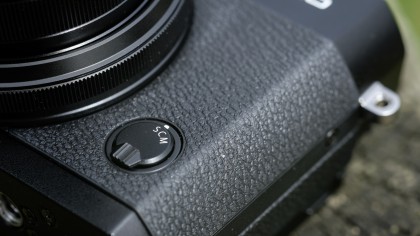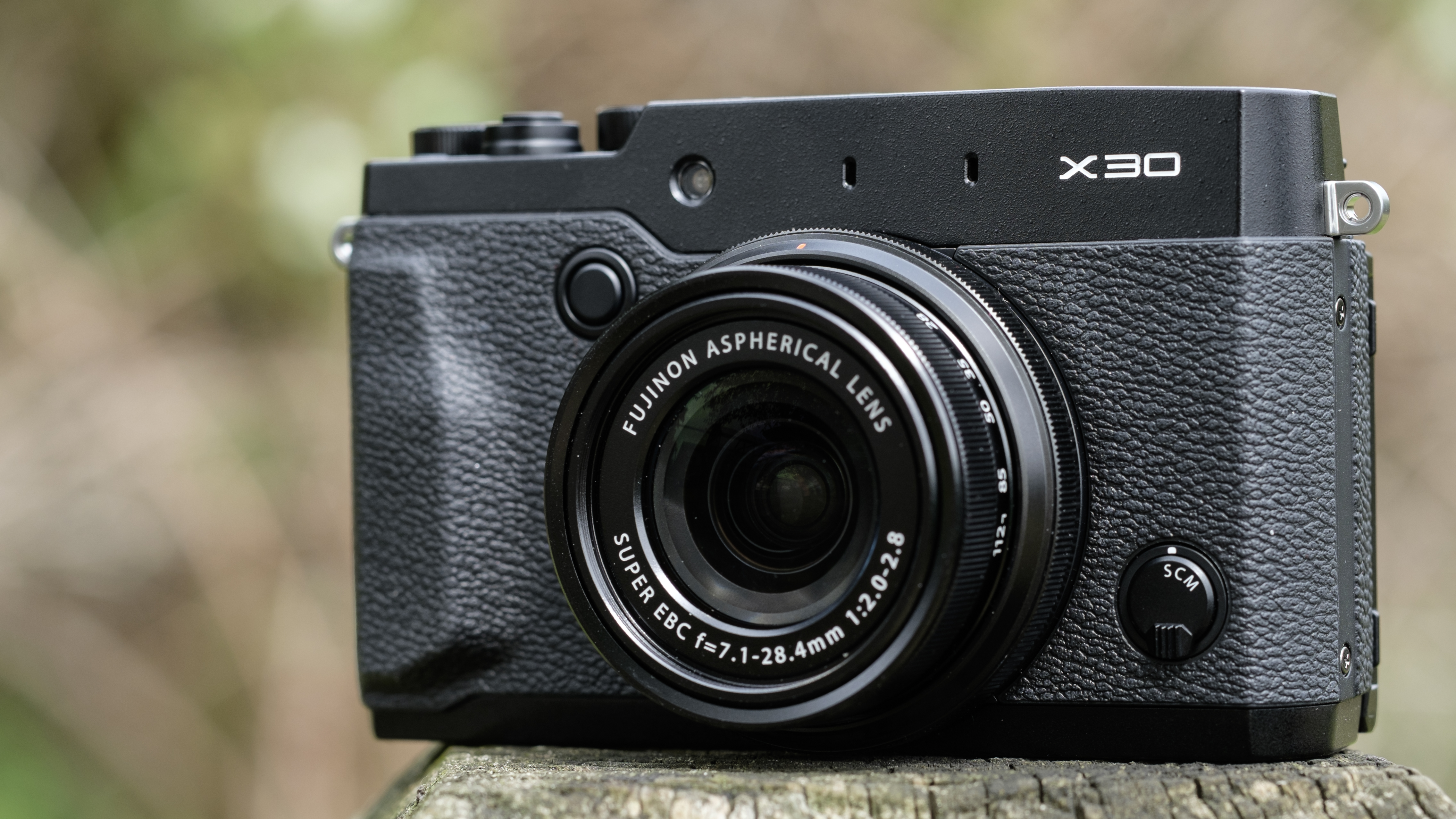Why you can trust TechRadar
Although it 'only' has a 12Mp 2/3-inch sensor, the fact that it's an X-Trans CMOS II device really seems to give the X30 an advantage and helps it punch above its weight. It is able to resolve an impressive level of detail and noise is generally controlled well.
As we have found in the past, Fuji's automatic white balance system does a good job, drawing on the company's experience of film manufacture to produce images with attractive colours (though see our note above about over-vibrancy). It takes most natural lighting conditions in its stride, delivering natural looking results. The difference between the results produced using the Automatic setting and the Fine Weather setting is pretty minimal, and both are perfectly acceptable. Of course if you shoot raw files it's not really an issue as this can be adjusted very easily post-capture.
As mentioned earlier, the X30 tends towards producing slightly too vibrant greens when set to its Standard (Provia) Film Simulation mode. The new Classic Chrome mode, however, produces more muted tones. Fortunately, the Film Simulation modes can be used when shooting raw and JPEG files so if the colours are not to your liking, you can adjust the raw file.
I found the X30's 256-zone multiple metering system to perform very well in a wide range of situations. There were only a few occasions during my testing when I used the exposure compensation dial. In most cases this was to reduce the exposure a little to protect highlights. However, in several cases I found that the raw files have all the tonal detail that's required. Even bright overcast skies that look to be rendered uniformly white can be edited quickly and easily to reveal the tonal variations in the clouds and no highlights were actually burned out. The same could not be achieved with simultaneously captured JPEGs, once again proving the benefit of recording raw files.

It's never going to compete with a high-end SLR for speed, but the X30's autofocus system is pretty quick in normal outdoor daytime conditions. Step inside or drop the light a little and a brief back and forwards adjustment is noticeable, but it's not serious or problematic. As with many compact cameras, the AF system slows considerably in very low light conditions and it's hard (but not impossible) to get shots of moving subjects.
There were also a couple of occasions when I focused the lens, kept my finger on the shutter release to keep the focus locked while I recomposed the shot, and the camera appeared to make a quick back and forwards adjustment, but actually didn't adjust focus. It's a little disconcerting, but it's not a major issue and it doesn't happen too frequently.
As mentioned earlier, noise is controlled well throughout the native sensitivity range (ISO 100-3200). Careful scrutiny at 100% of JPEG images taken at ISO 3200 reveals a few slightly smudgy patches and some watercolour-like stippling in darker areas, but it's nothing to get worked up about. Simultaneously captured raw files look sharper and even if all noise reduction is turned off in post-capture processing, noise is not excessive.
The top expansion setting, ISO 12,800, is best avoided unless you are content to use images at small sizes as there's noticeable softening. Fuji doesn't allow raw files to be captured at these expansion settings.
Although the X30 controls noise well, as sensitivity rises the benefit of a larger sensor becomes apparent when its shots are compared with those from the Sony RX100 III and Panasonic LX100. Even though the RX100 III has a higher pixel count it manages to control noise very well. Plus, producing a print (or viewing an image) with the same physical size as one from the X30 requires less magnification with the Sony camera, so noise and the impact of any noise reduction can be concealed more easily.
